
Visit Rewal and Trzęsacz

I described the winter aura in Świnoujście. Now it's time for 2 villages, just a few kilometers away from each other (with a calmly walk on the beach). I put together these villages into one thread, because each of them is a tourist destination located on the Baltic Sea. We used to stay in Rewal because we found a great holiday resort there with animations for children, and also because the village is in the middle, between Trzęsacz and Niechorze.
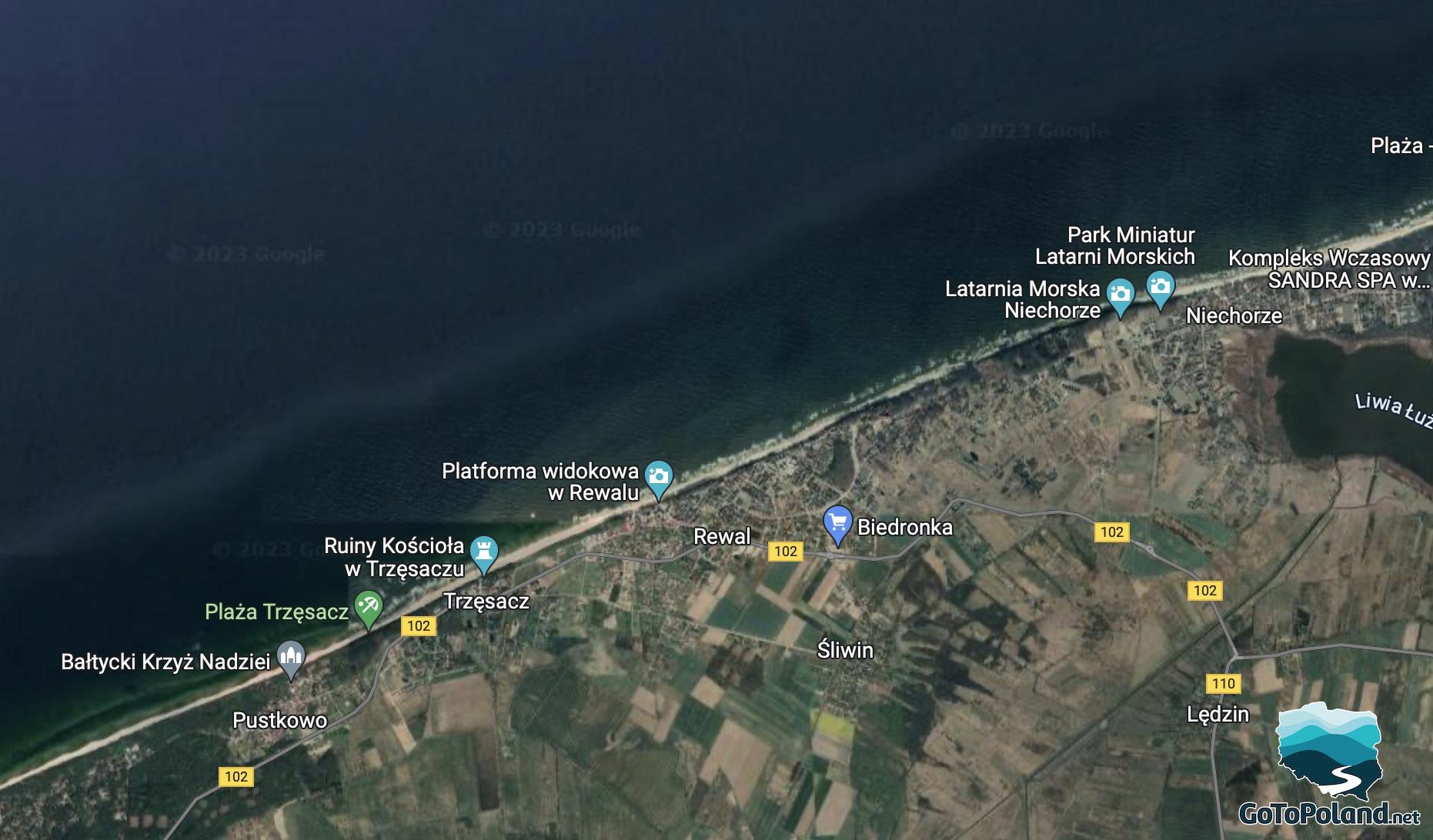
The first photo already shows why we love our coast. The beaches are sandy, wide, with a wonderful strip of dunes covered with pine trees. It's a fantastic place for sunbathing, playing with children, swimming, walking, watching seagulls and albatrosses and breathing clear air. Enjoy the Polish coast and the Baltic Sea!
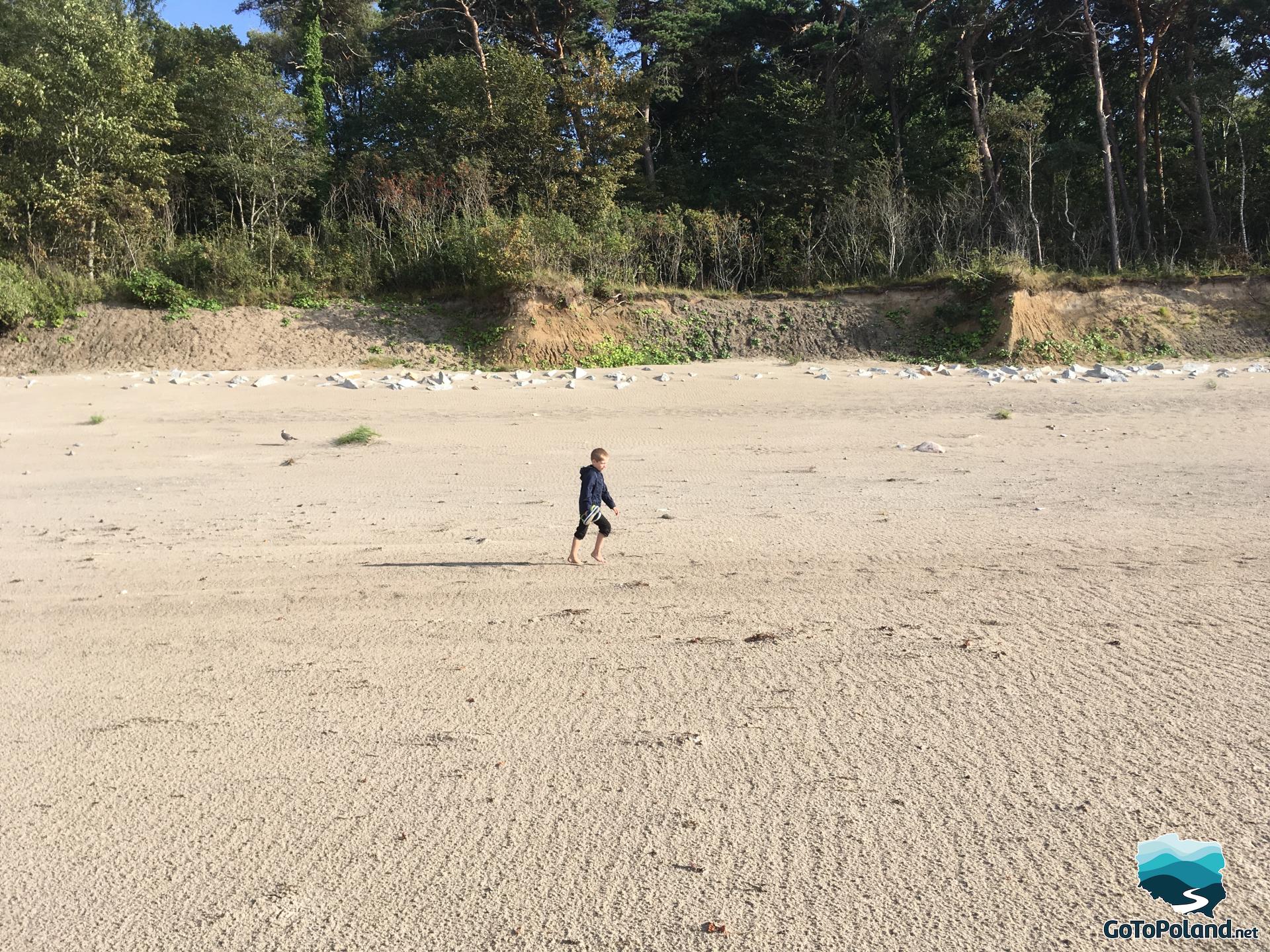
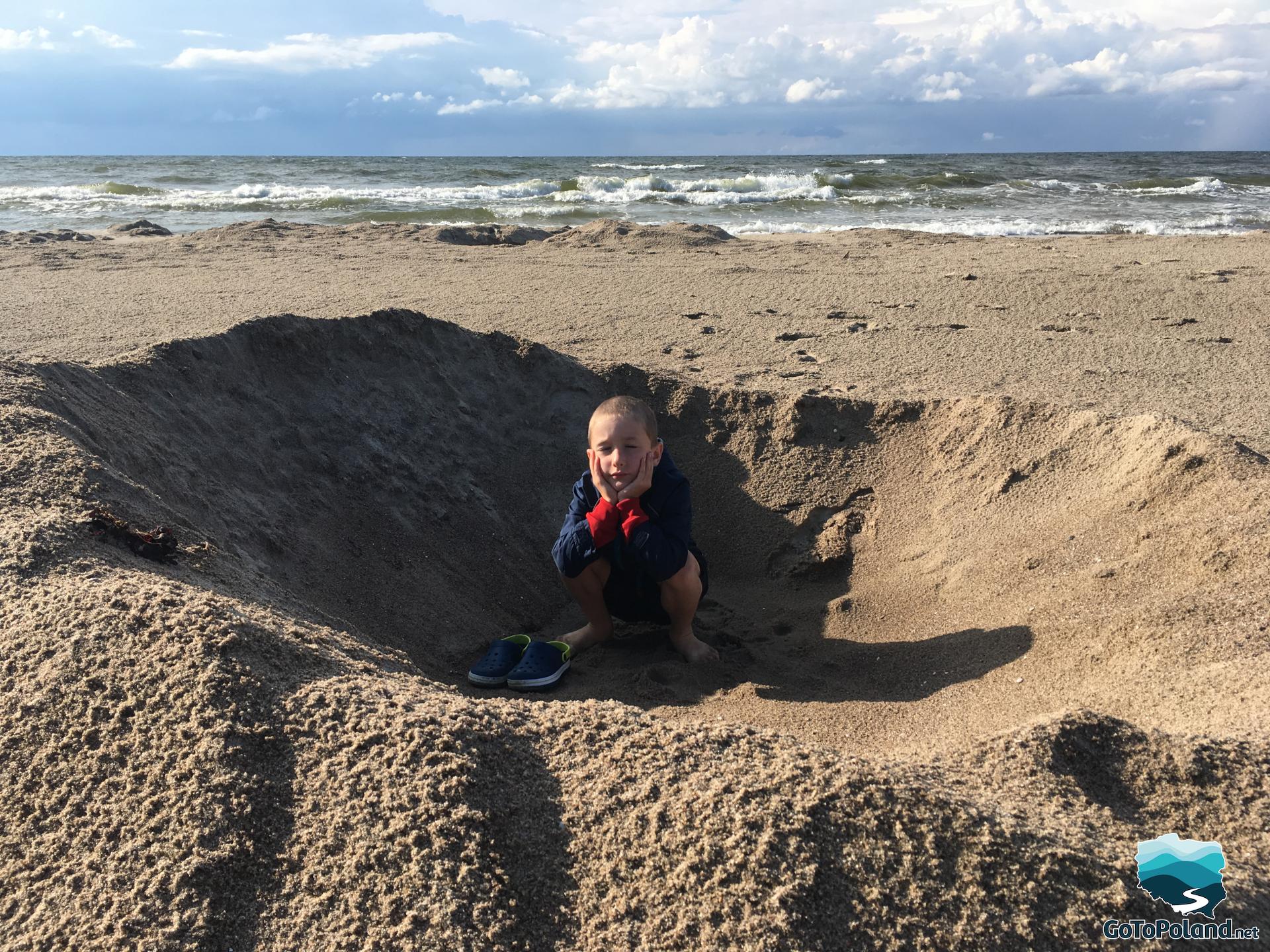
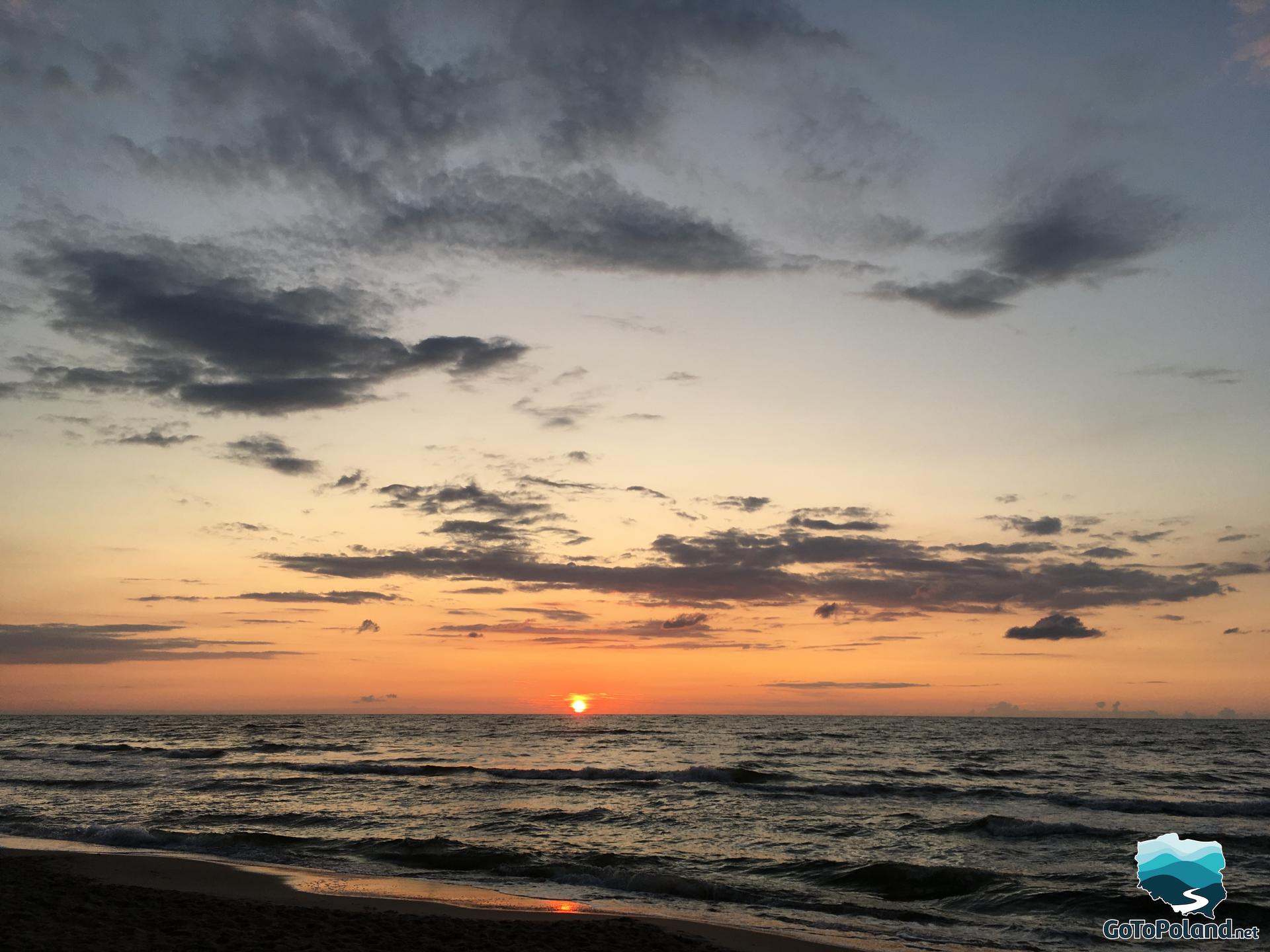

How far is it from Warsaw to Rewal?
The distance from Warsaw to Rewal is 655 km.
More information about these villages, you can find on Wikipedia: Rewal, and Trzęsacz.
Unable to sit in one place on the beach, we walked many times to Trzęsacz and Niechorze. And of course we tried to see something. Rewal itself offers, for example, a scenic promenade, the Whale Park (photos below), where you can see replicas of many species of animals living in various waters around the world, and finally the Seaside Narrow-Gauge Railway from Gryfice to Pogorzelica which is sensational attraction! The distance from Trzęsacz to Pogorzelica is almost 10 km!
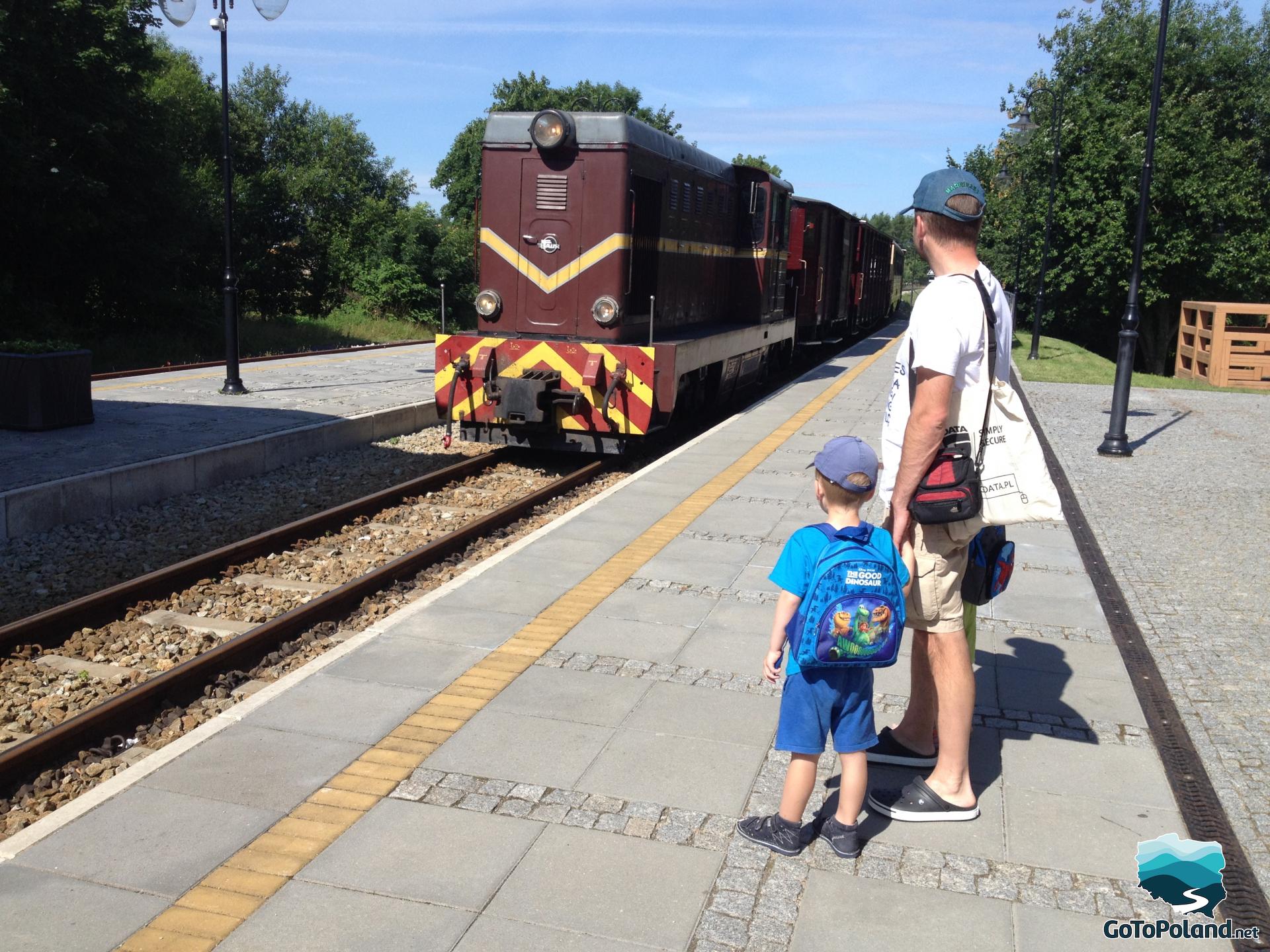


Różana Avenue is a unique place in Rewal, especially for lovers. 148 varieties of roses, a symbol of love, grow here. On the way, walkers pass boards with love confessions written in dozens of languages and explaining the meaning of flowers.

Lovers Avenue is one of the most romantic places in Rewal. This beautiful walking path stretches along the sea shore. One of the elements of the alley is a bench on which Romeo and Juliet are sitting. A little further from this bench is the statue of the Little Prince and the Rose.


On the promenade there are several viewpoints from which you can admire the sea.

Whale skeletons are one of Rewal's attractions. These are two steel sculptures set in the Whales Square. There are also benches and a fountain. After dark, you can admire its colorful illumination.
The whale sculptures refer to the local legend that hundreds of years ago, this huge mammal was found on the beach in Rewal. The inhabitants shared his meat and transported the skeleton to the church in Trzęsacz. When the temple was taken by the sea, one of the whale's ribs was moved to the cathedral in Kamień Pomorski.
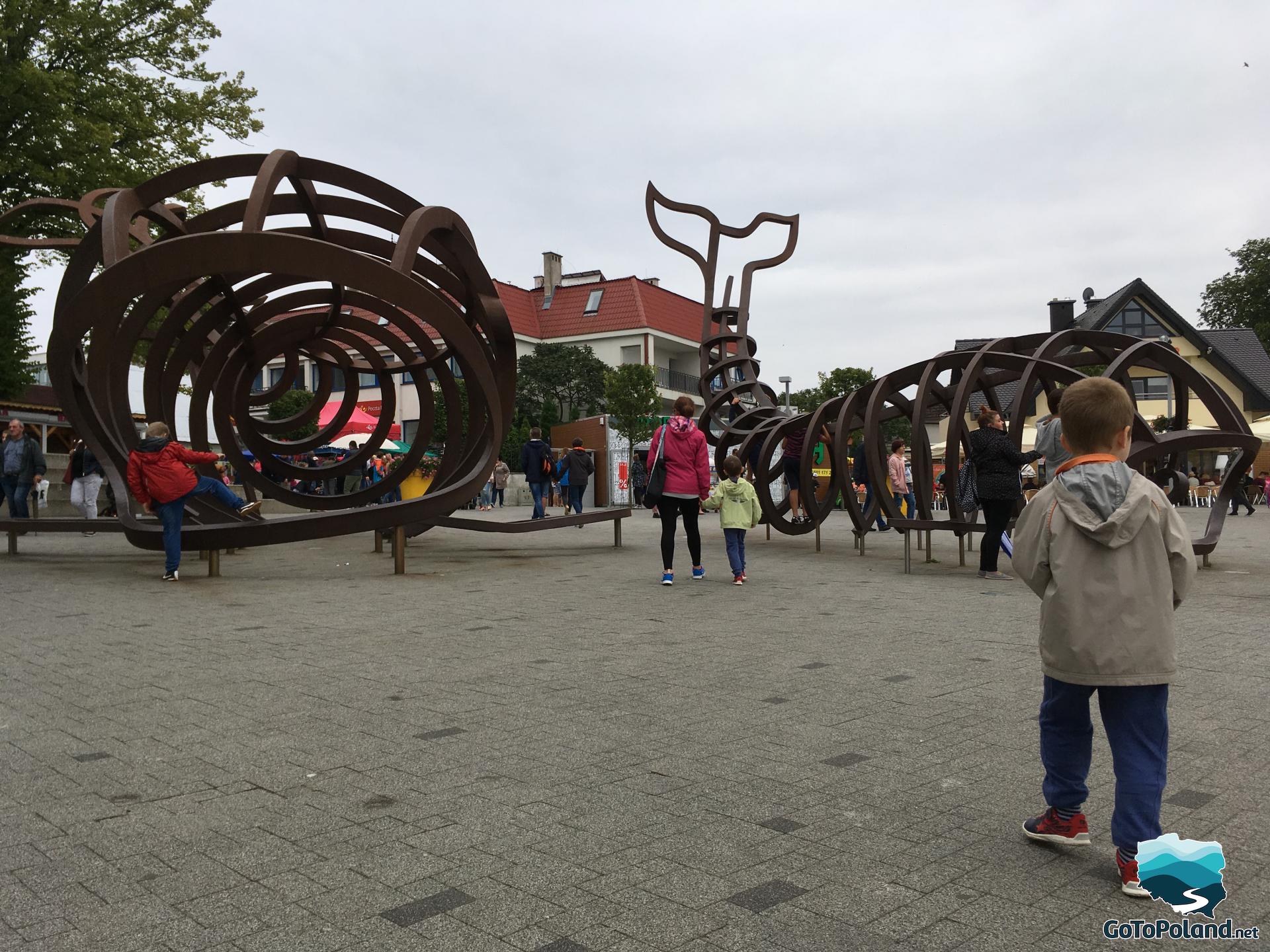
We couldn't miss the “Whale Park” where we could see different types of sea creatures and animals in the Whale Park in Rewal.
Land of Giants from the Oceans - this is a part of "Park Whale" dedicated to those whose huge size causes fear and admiration. Whales, sharks and huge squids are usually impossible to catch in ocean waters in one place in the park in Rewal, all almost within reach.
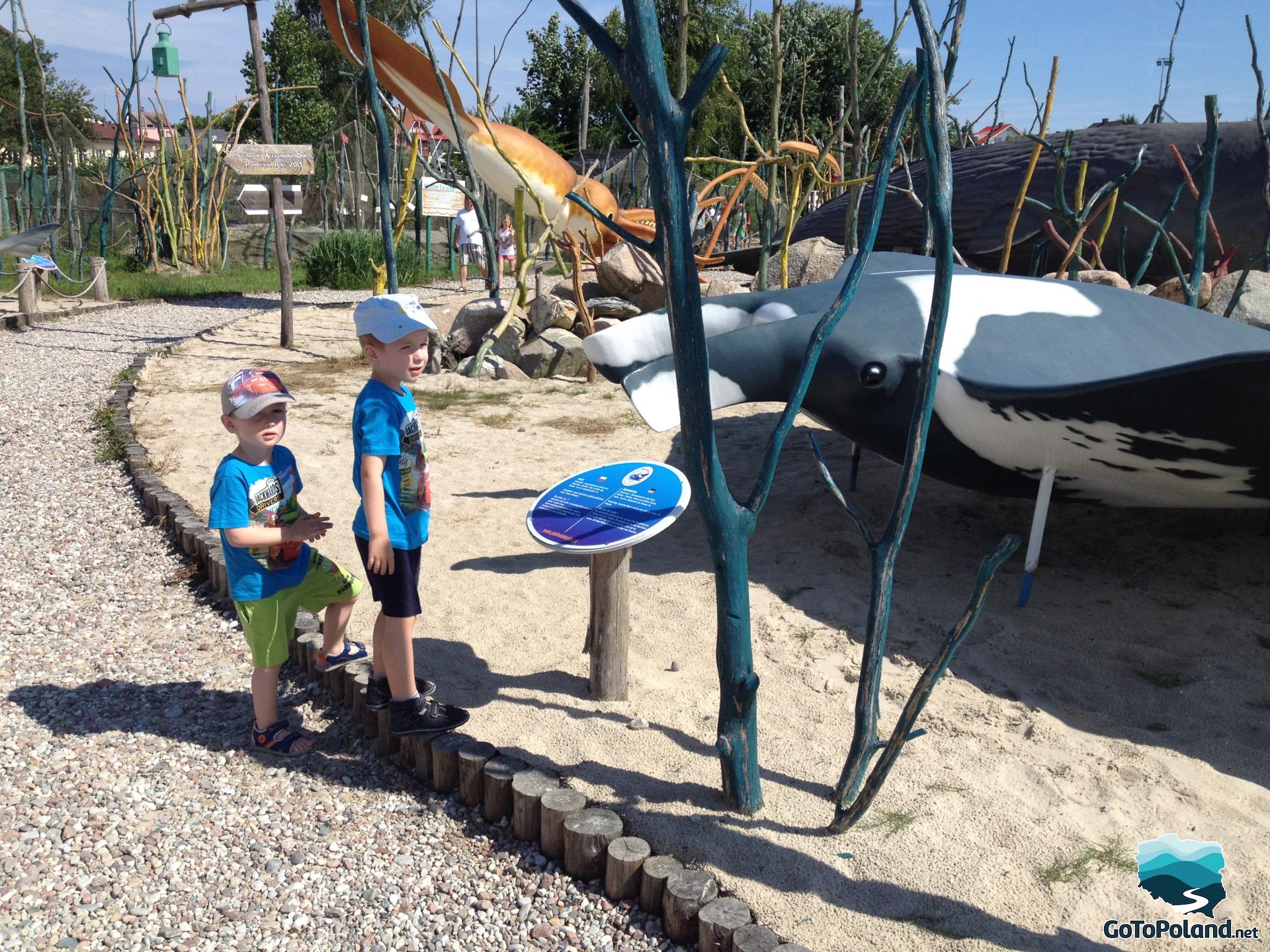
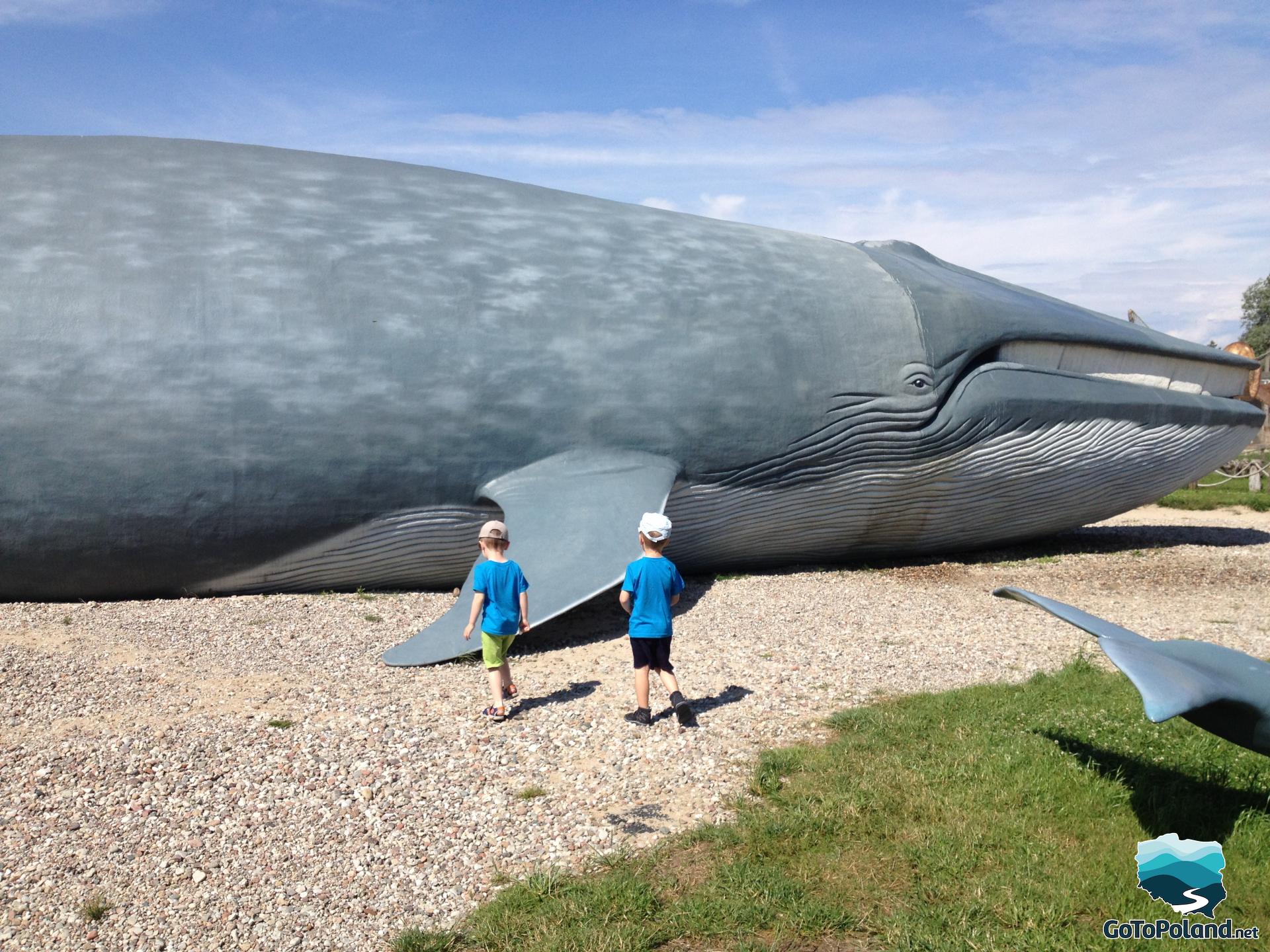
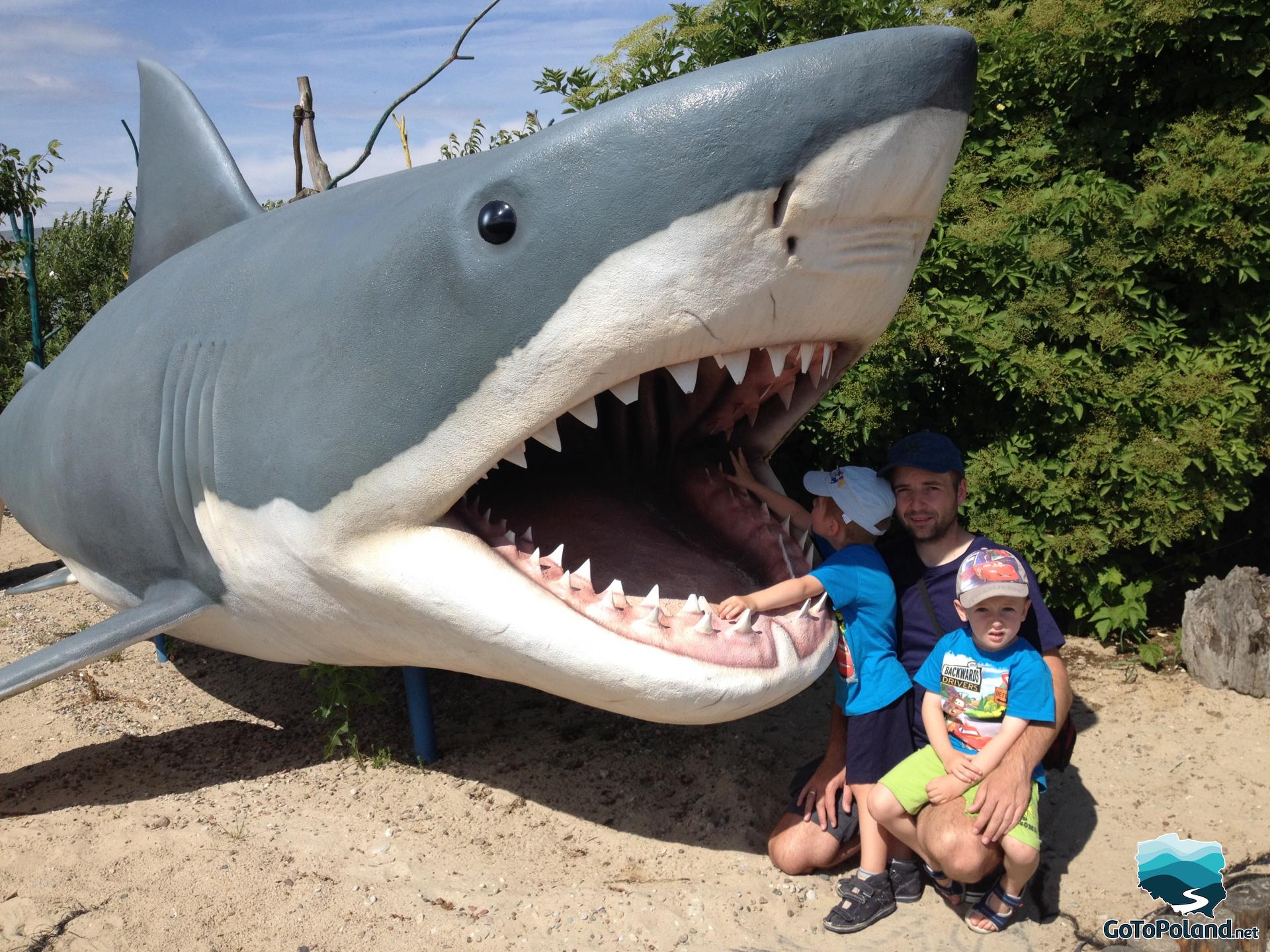
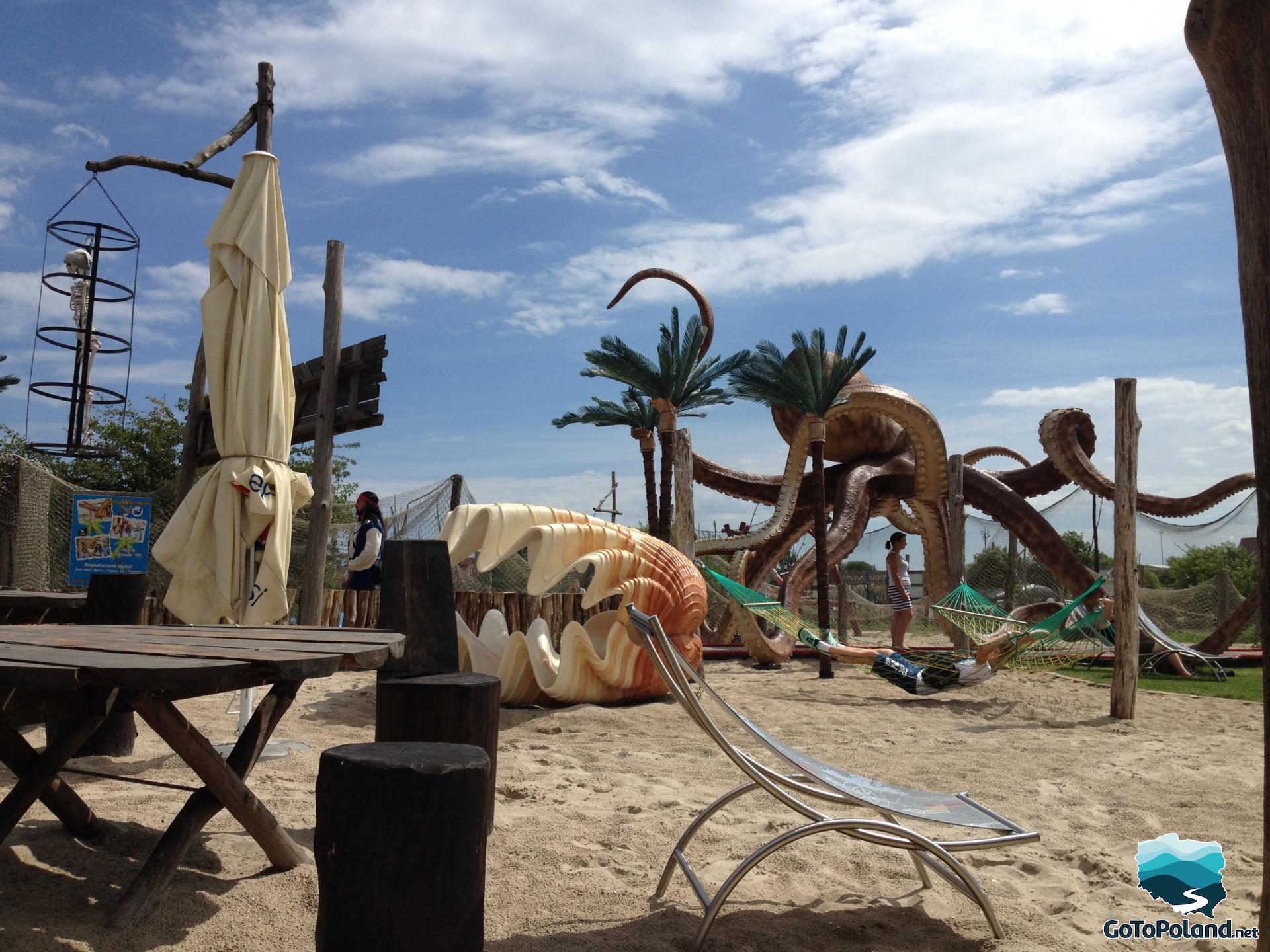
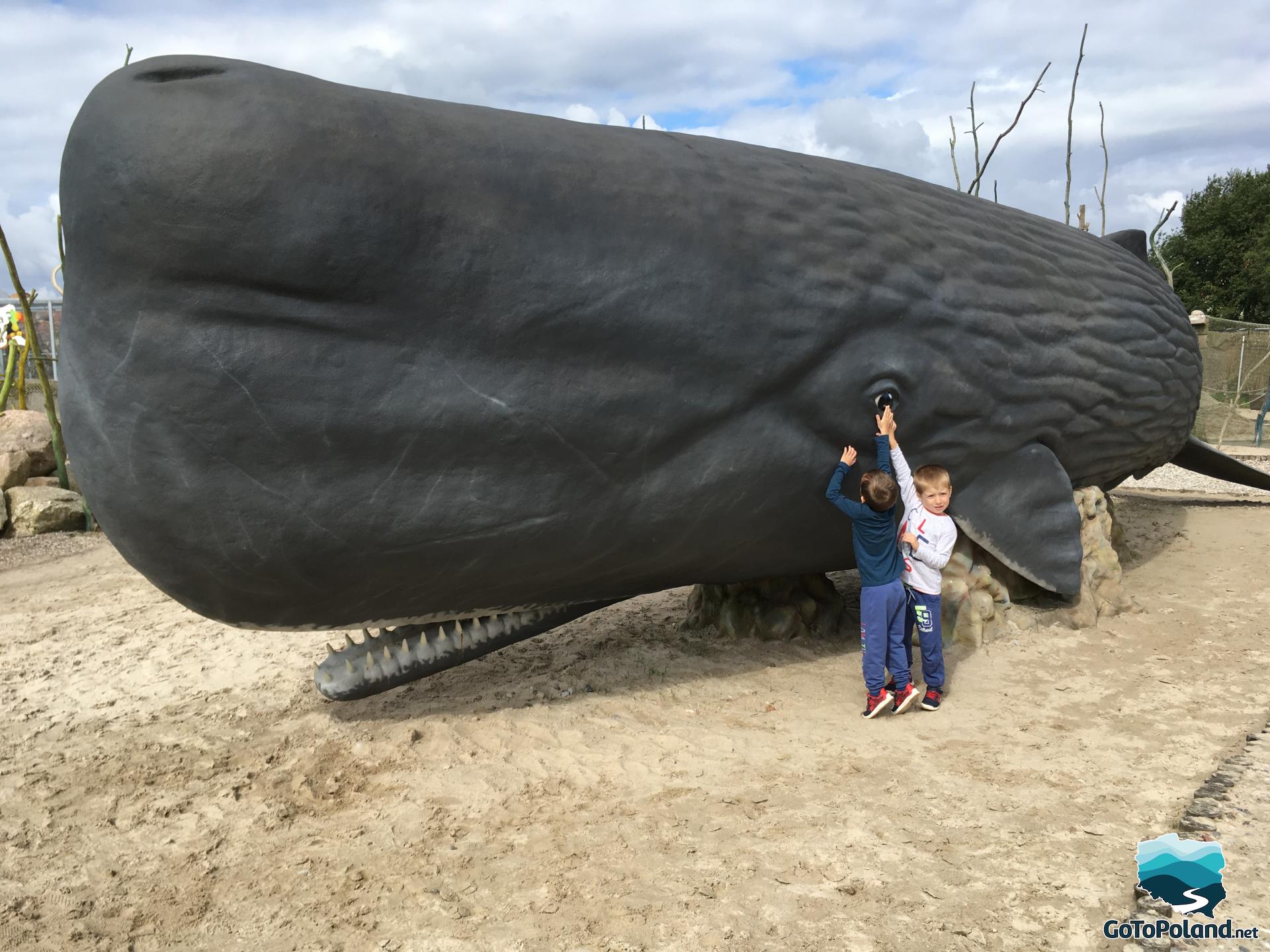

A few more photos from the Polish coast.
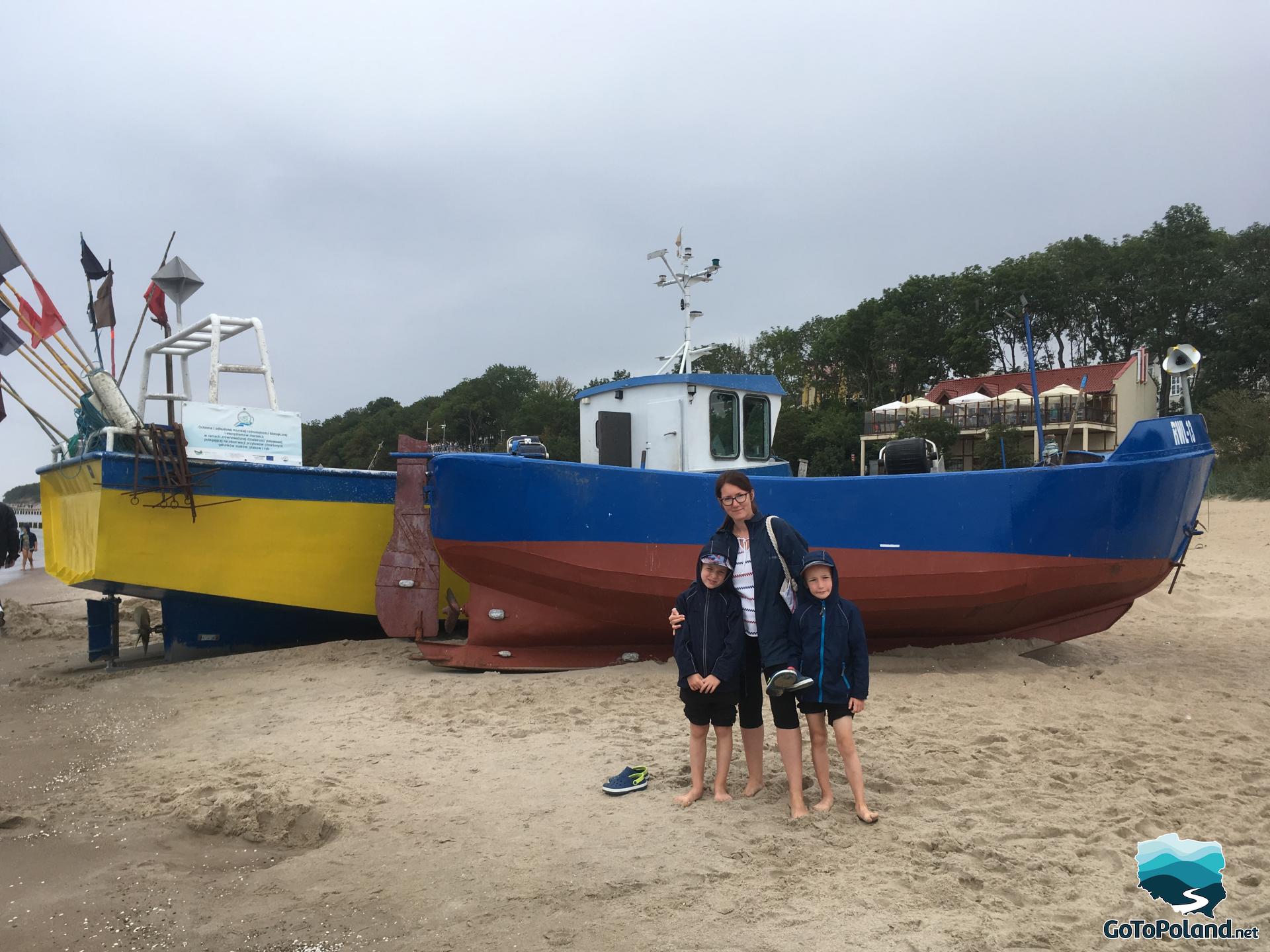
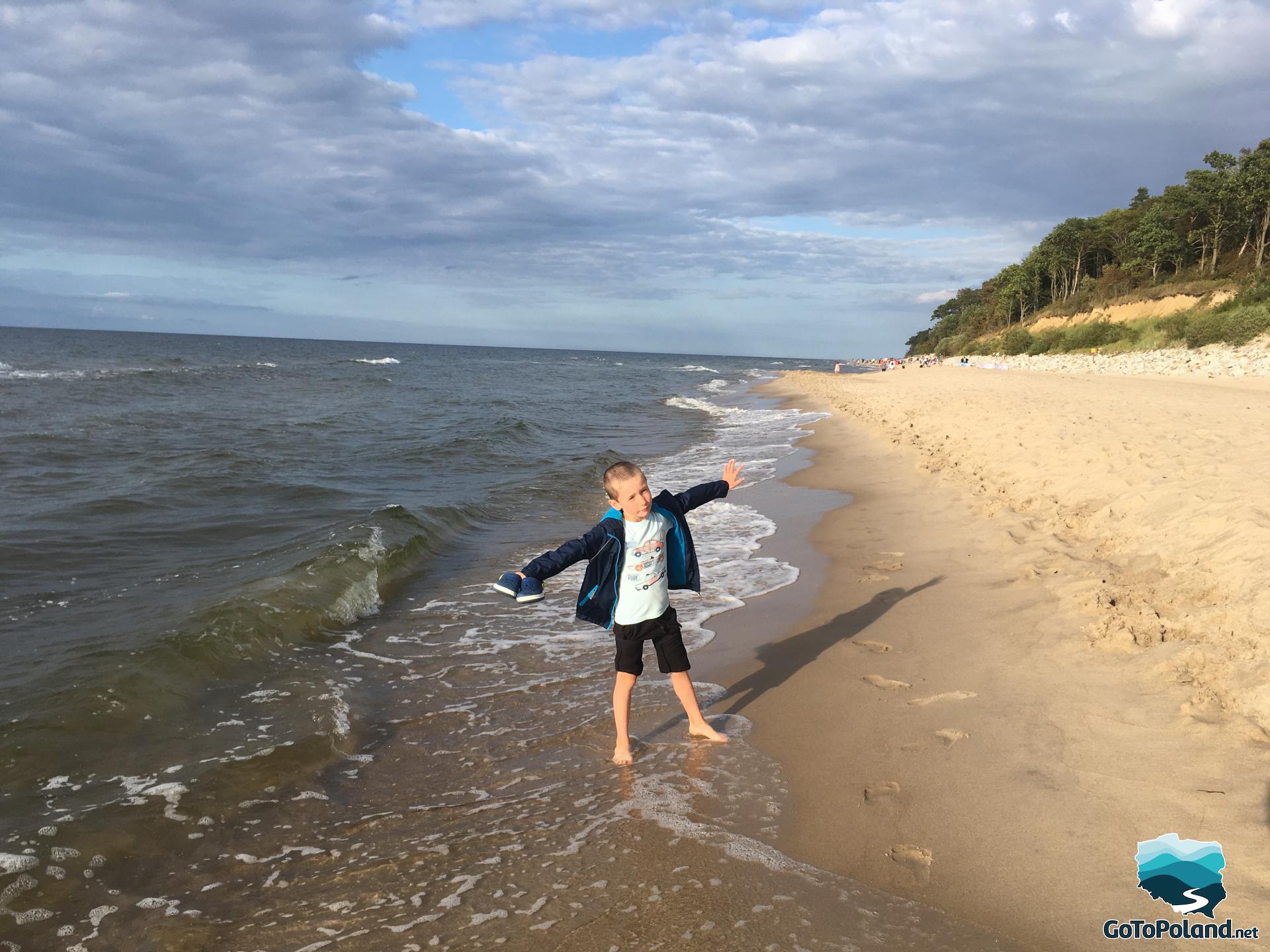
There is no boredom even when the weather is not good. You can visit haunted or scary houses and houses of illusions.
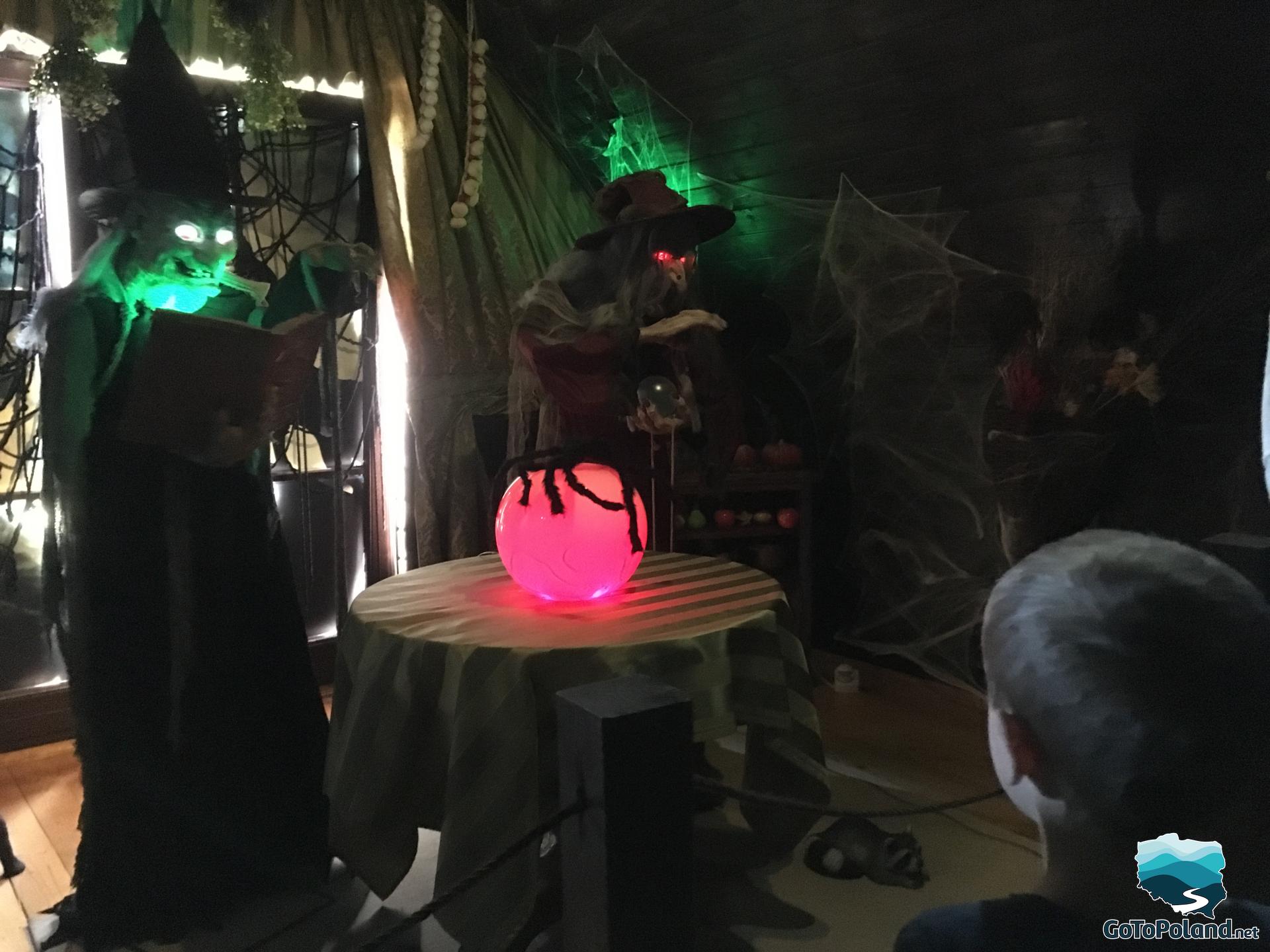

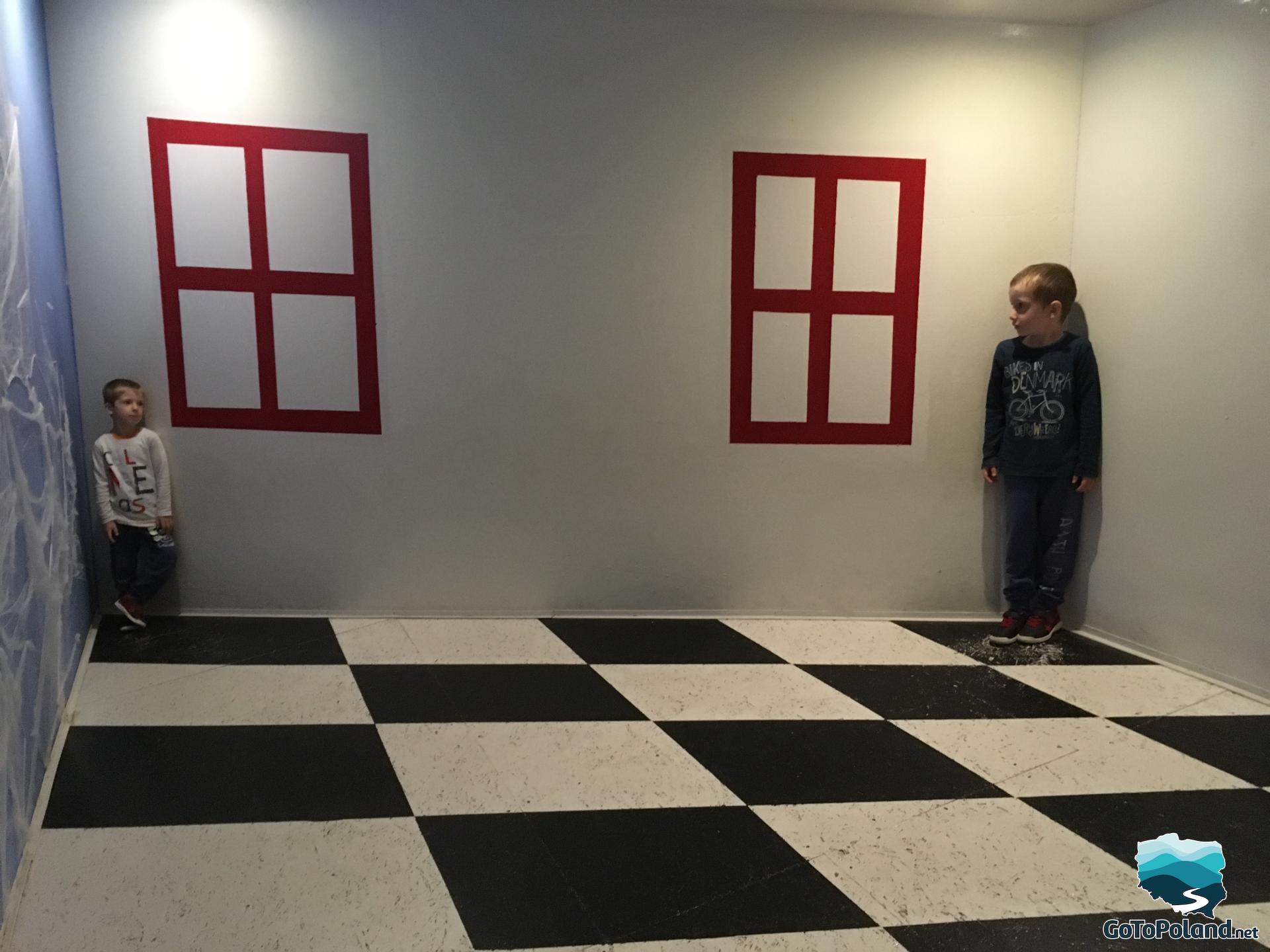
Trzęsacz
The most recognizable landmark of Trzęsacz is the church, or rather the ruins of this church standing on a dune.
Church of St. Nicholas, which was located in Trzęsacz, was originally wooden, later brick. It was one of the most impressive buildings among the rural churches of Western Pomerania. Over the centuries, it was equipped with Renaissance and Baroque pews, stalls, a pulpit, a baptismal font and an altar. Because of the washing away of the ground on which it was built, it gradually destroyed.
Despite the fact that in 1868 the distance to the cliff was 1 m, services were still held in the church - the last one took place on March 2, 1874. For safety reasons, the temple was closed on August 2, 1874.
In 1891, as a result of washing away the cliff, the first foundation stones appeared, while in 1900 the sea took the first fragment of the buttress. On the night of March 8/9, 1900, the northern wall collapsed. Over the next decades, the sea took further fragments of the church; were destroyed in the following order:
1901 - the remaining part of the cemetery, the northern and north-eastern walls, part of the presbytery;
1903 - north-western corner of the church;
1909 - fragment of the wall closing the presbytery;
1913 - northern part of the facade;
1917 - eastern entrance;
1922 - southern part of the facade;
1930 - another fragment of the presbytery;
1956 - south-western corner with a buttress;
1973 - fragment of the presbytery;
1975 - a small piece of the western part of the south wall
February 1, 1994 - half of the south wall.
The preserved ruins have been entered into the register of monuments.
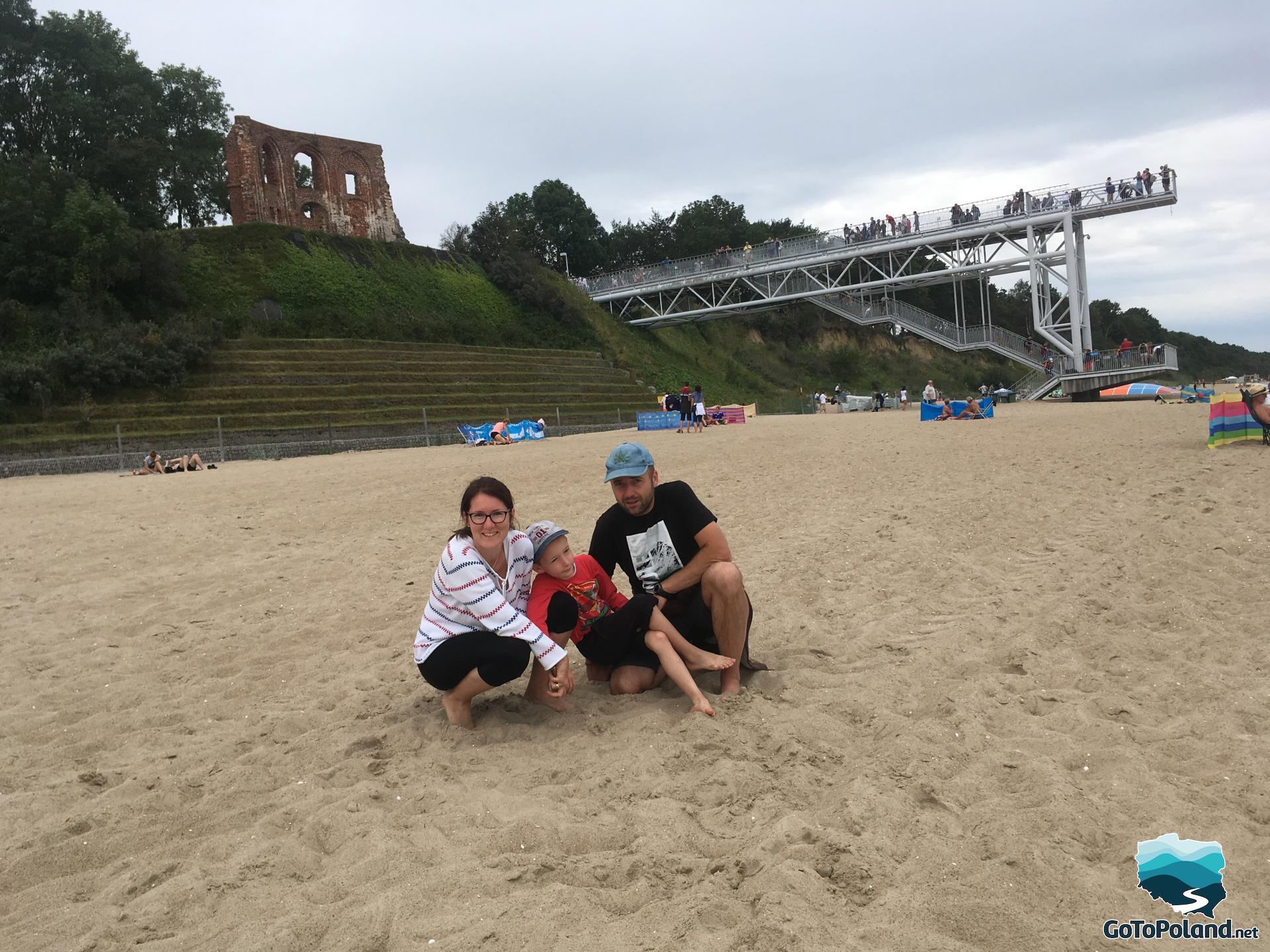
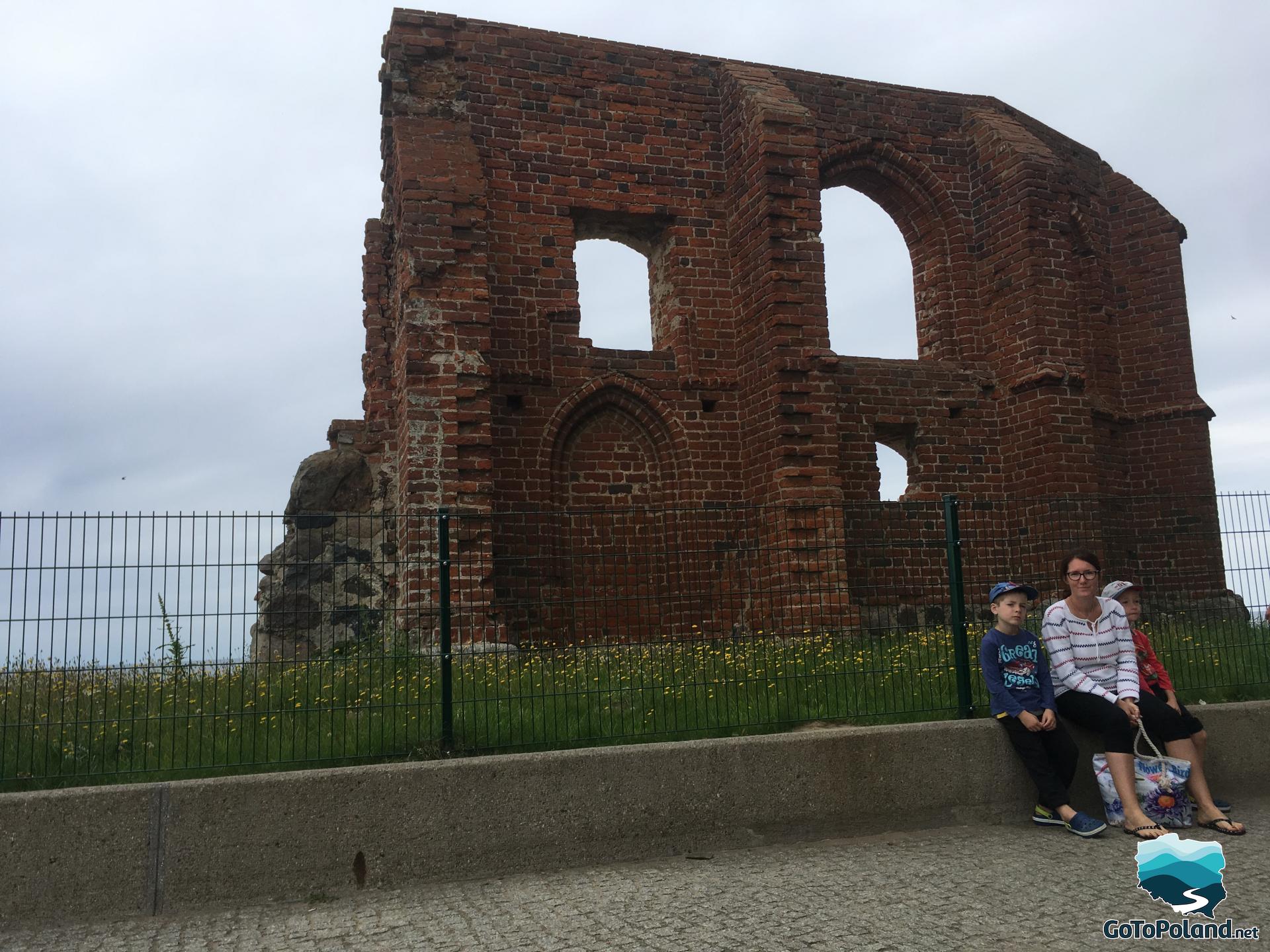
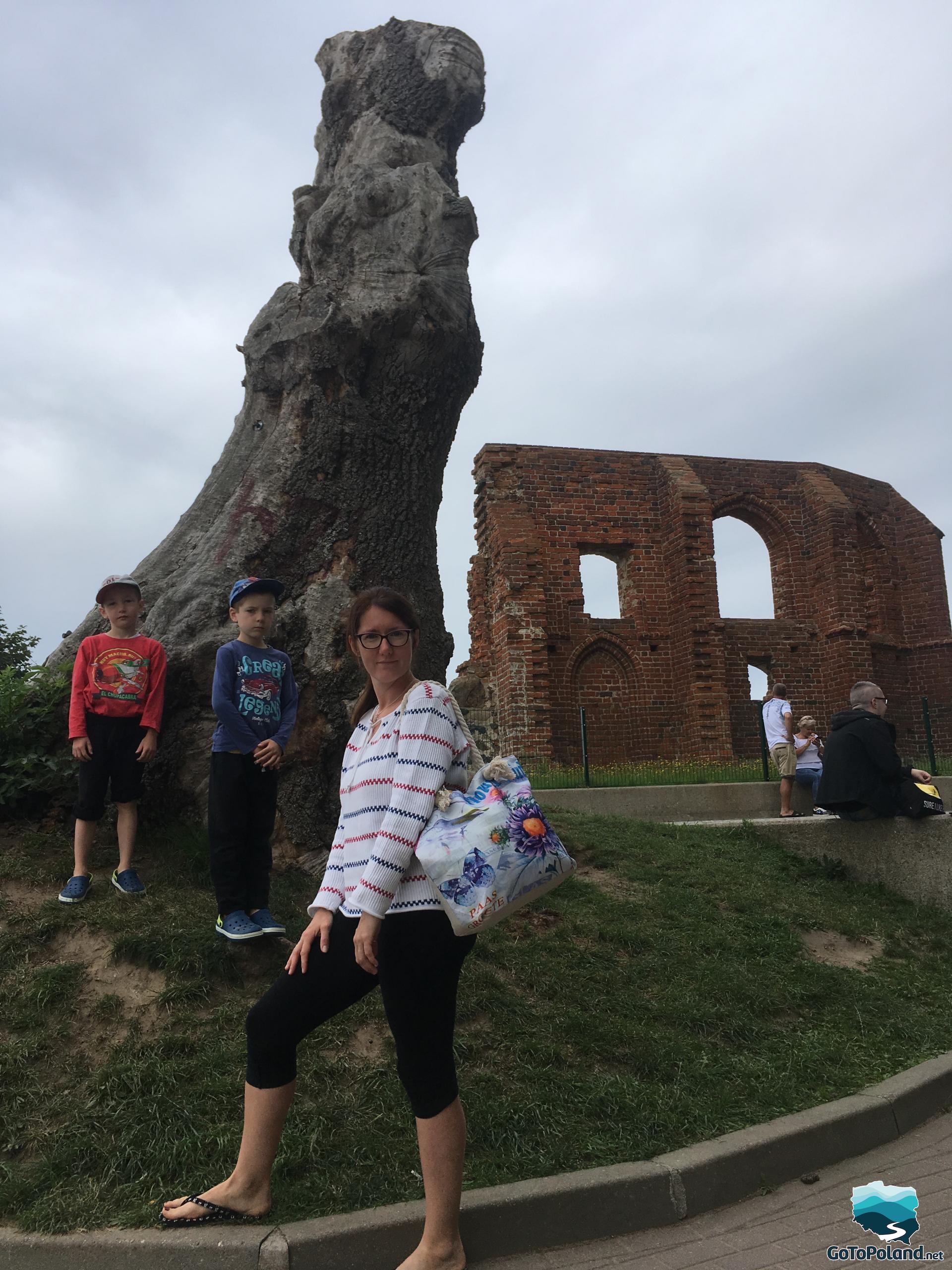
How to get to Rewal?
How to get to Trzęsacz?

